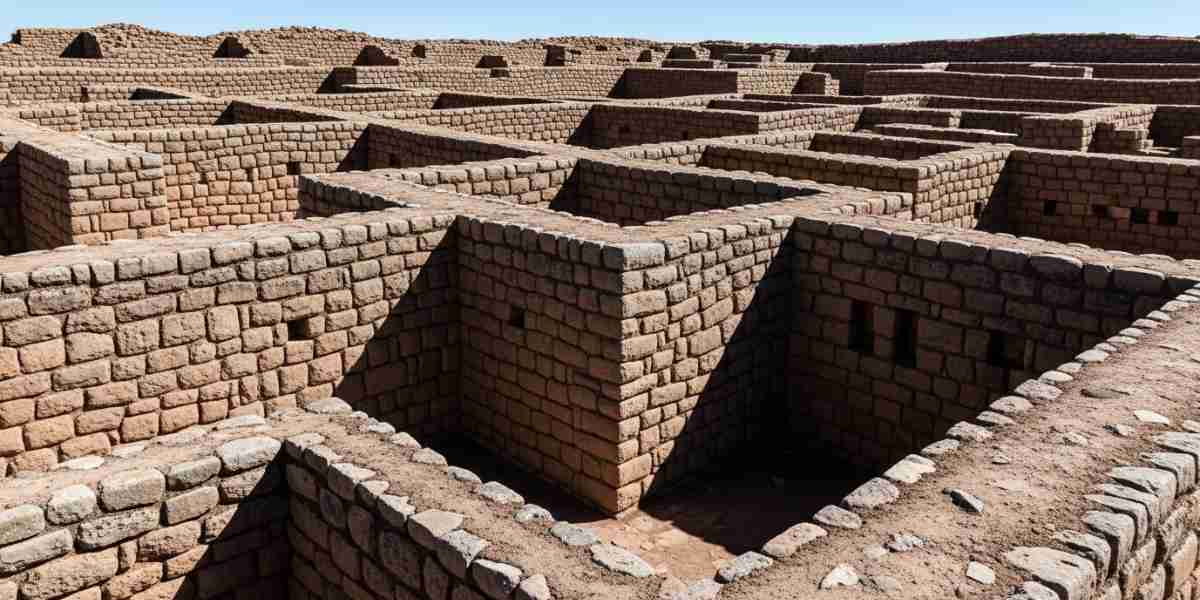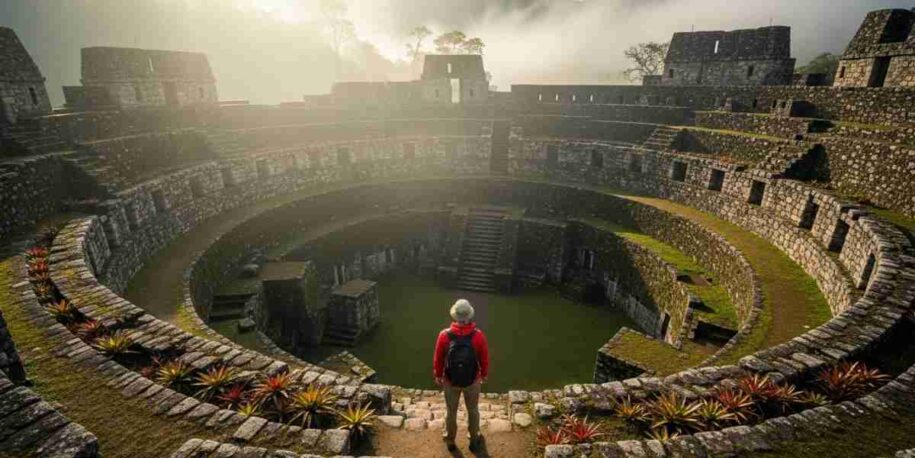Let’s be honest. When you close your eyes and picture ancient Peru, you see Machu Picchu. You imagine the genius of Inca engineering, the golden sun god Inti, and the legendary stone highways that stitched an empire together. And you should. The Inca achievement was breathtaking, a dazzling flash of administrative, military, and artistic brilliance. But it was exactly that—a flash. A spectacular, world-altering flash that lasted less than 100 years before the Spanish arrived.
Now, I want you to consider a different perspective. What if I told you that focusing solely on the Inca is like reading only the final, dramatic chapter of an epic novel? You get the thrilling conclusion, but you miss the millennia of character development, the slow burn of rising and falling kingdoms, and the deep, foundational wisdom that made the ending possible. The story of Peru is not the story of the Incas. The Incas are the climax of a story that began 5,000 years earlier.
✨ The Great Andean Inheritance
The true genius of the Incas was not invention, but synthesis. They were the brilliant inheritors of a vast cultural and technological legacy. They stepped onto a stage that had been set by countless cultures before them, each contributing a vital thread to the rich tapestry of Andean life. To walk the trails toward Cusco without understanding the pre-Inca civilizations is to see the stones but miss the spirit that animates them. When our guides lead you along these ancient paths, they are not just showing you Inca ruins; they are narrating a story that stretches back to the dawn of civilization in the Americas.
Imagine the Andes not as a monolithic empire, but as a landscape of diverse and powerful peoples who, for thousands of years, mastered one of the world’s most challenging environments. These were the true pioneers.
The Master Administrators: The Wari
Long before the Inca laid their famous roads, the Wari Empire (c. 600-1100 AD) had already created a sophisticated network of administrative centers and highways. They were the architects of the state, the ones who first understood how to manage a vast, multi-ethnic territory in the harsh mountains. They perfected terrace farming, built sprawling cities like their capital near modern-day Ayacucho, and established a system of governance that the Incas would later adopt and expand upon. When you marvel at the organization of the Inca state, you are seeing the perfection of a Wari blueprint.
The Spiritual Architects: The Tiwanaku
On the high plains near Lake Titicaca, the Tiwanaku culture (c. 300-1000 AD) built monumental ceremonial centers that were the spiritual heart of the Andes for centuries. Their understanding of cosmology, their stonework (look at the Gateway of the Sun), and their influence on religious thought echoed through time. They established a foundation of spiritual belief—a sacred geography of mountains (Apus) and earth (Pachamama)—that defined the Andean worldview. The Incas integrated these profound beliefs into their own state religion, recognizing the power of a faith that was already ancient when their own empire was just a dream.
«When you stand at an Inca site,» one of our senior guides, a Cusco native, often explains, «you are standing on layers of history. Underneath, or nearby, you can often feel the presence of the Killke, the Wari, the Chanapata. The Incas built upon the sacred, they didn’t erase it. Our job is to help you feel those layers.»

❓ Beyond Machu Picchu: Where is the Deeper History?
So, where does a curious traveler find the traces of these older worlds? The answer is surprising: they are everywhere, often hiding in plain sight. The very foundations of Cusco are built upon the remnants of Killke culture structures (c. 900-1200 AD), the immediate predecessors to the Incas in the valley. Exploring Peru with this awareness transforms your journey. A visit to the Sacred Valley becomes a search not just for Inca granaries, but for the agricultural wisdom they inherited. A trek is no longer just a physical challenge but a pilgrimage through time.
This is about shifting your lens from the «what» to the «why.» Why was this valley sacred long before the Incas named it so? Why are these farming terraces so efficient? The answers almost always lie in the deep past, in the accumulated knowledge of the ancient Peruvian cultures that truly tamed the Andes.
- The Chachapoyas (c. 800-1470 AD): Known as the «Warriors of the Clouds,» they built the astonishing fortress of Kuelap in the northern cloud forests, a site that rivals Machu Picchu in its scale and mystery.
- The Moche (c. 100-700 AD): On the northern coast, these masters of ceramics and irrigation left behind stunning pyramids (huacas) and tombs filled with treasures that tell complex stories of their society.
- The Nazca (c. 100 BC – 800 AD): Famed for the enigmatic Nazca Lines, geoglyphs etched into the desert floor that remain one of the world’s great archaeological mysteries.
- Chavín de Huántar (c. 900 BC): A major religious and cultural center, now a UNESCO World Heritage site, that represents one of the earliest and most influential artistic and spiritual horizons in the Andes.
🛡️ How We Uncover the Full Story of the Andes
This is where the difference between a tour and a true journey becomes clear. It’s one thing to be guided to a famous ruin. It’s another entirely to be guided by someone who can peel back the layers of time and reveal the full, epic narrative of the land beneath your feet. We believe that to offer you an authentic experience, we must honor the complete history of the Andes.
Our commitment is to ensure that when you embark on one of our authentic trekking experiences, like the classic [Inca Trail](https://www.caminoincatrail.com/tour/the-inca-trail/), you don’t just see the final chapter. We train our guides to be historians and storytellers, to point out the subtle evidence of a Wari road beneath an Inca path, to explain the ancient spiritual concepts that gave Inca rituals their meaning, and to connect you with the enduring legacy of all the peoples who came before.
The Inca Empire is a worthy and magnificent focus of any trip to Peru. But allowing it to be your only focus is a missed opportunity. The real magic happens when you see the Incas not as a beginning, but as the inheritors of a deep and powerful human story—a story we’re passionate about helping you read from the very first page.
Ready to Experience the Real Peru?
If you’re a traveler who seeks not just to see, but to understand, then you’re the kind of traveler we love to guide. Planning a trip of this depth requires more than just booking tickets; it requires a partner who shares your curiosity and has the expertise to bring it to life.
Let’s talk about what your journey into Peru’s 5,000 years of history could look like. We’ll handle the logistics, the safety, and the comfort, so you can focus on the wonder of discovery.

